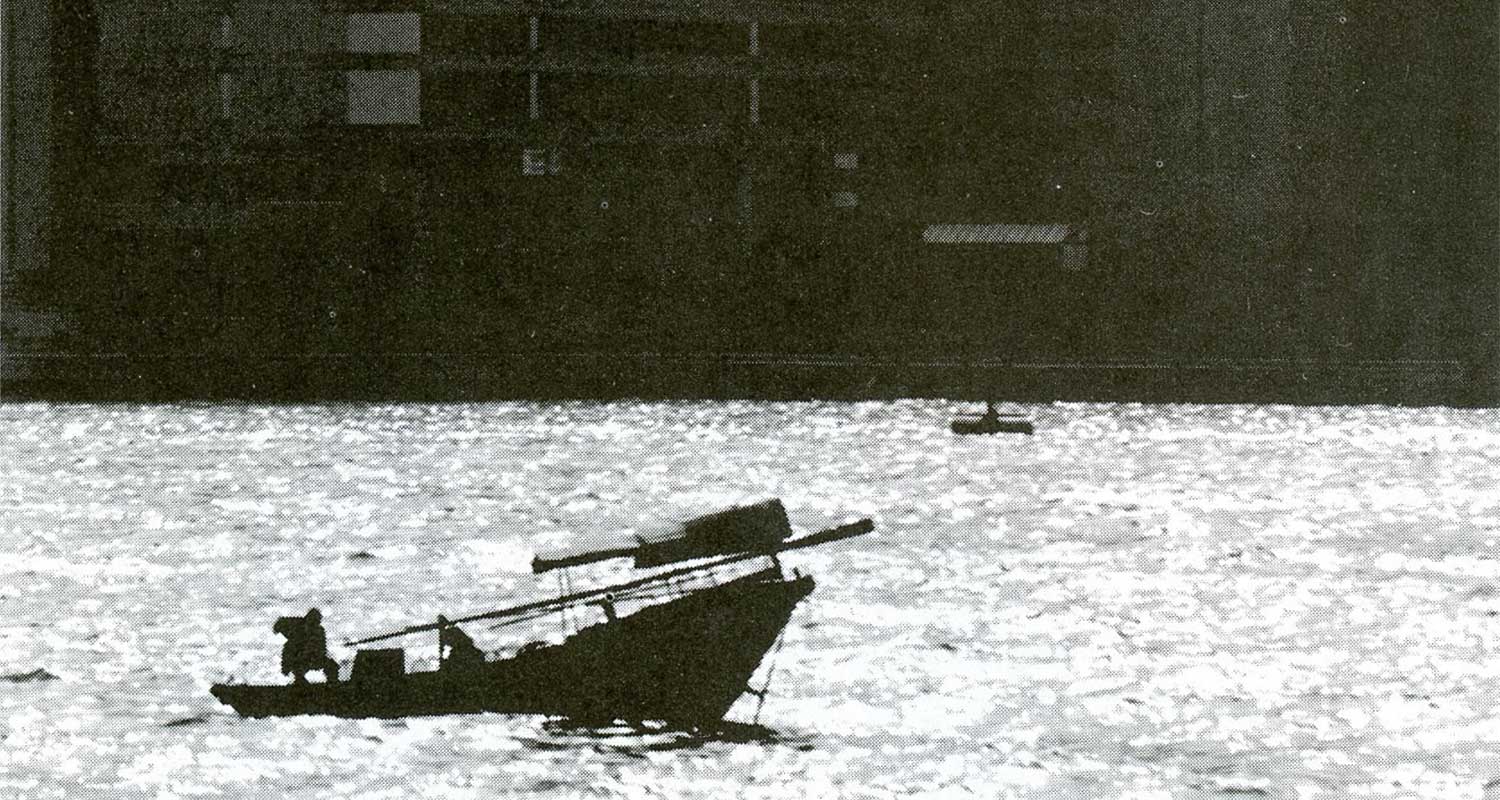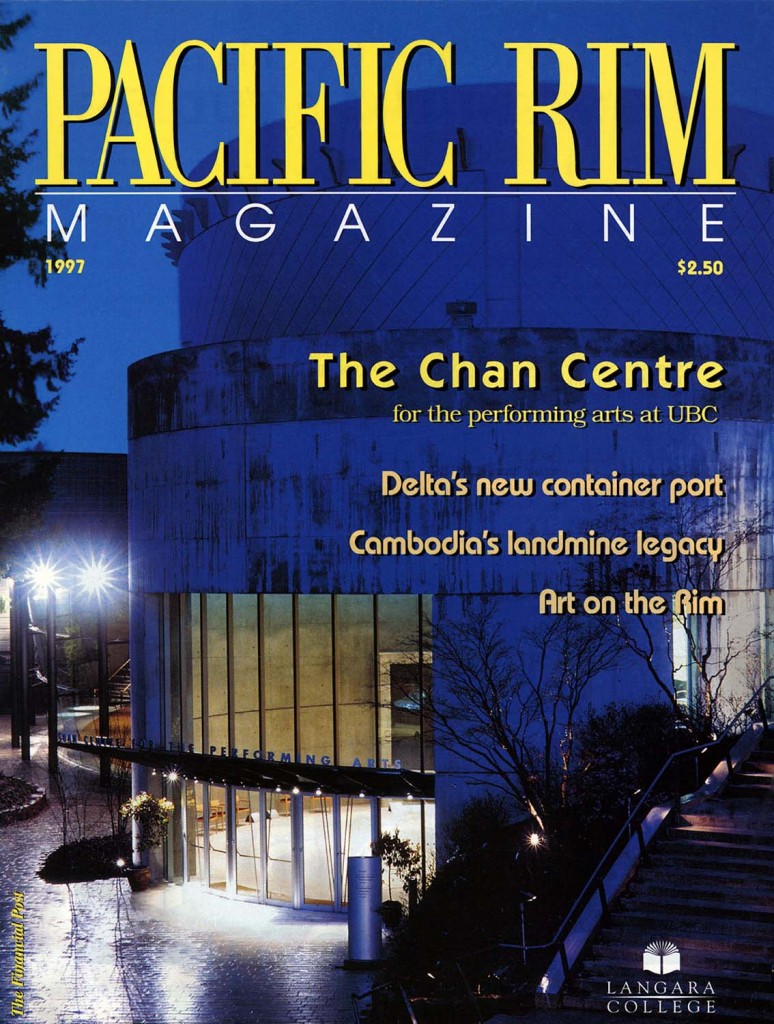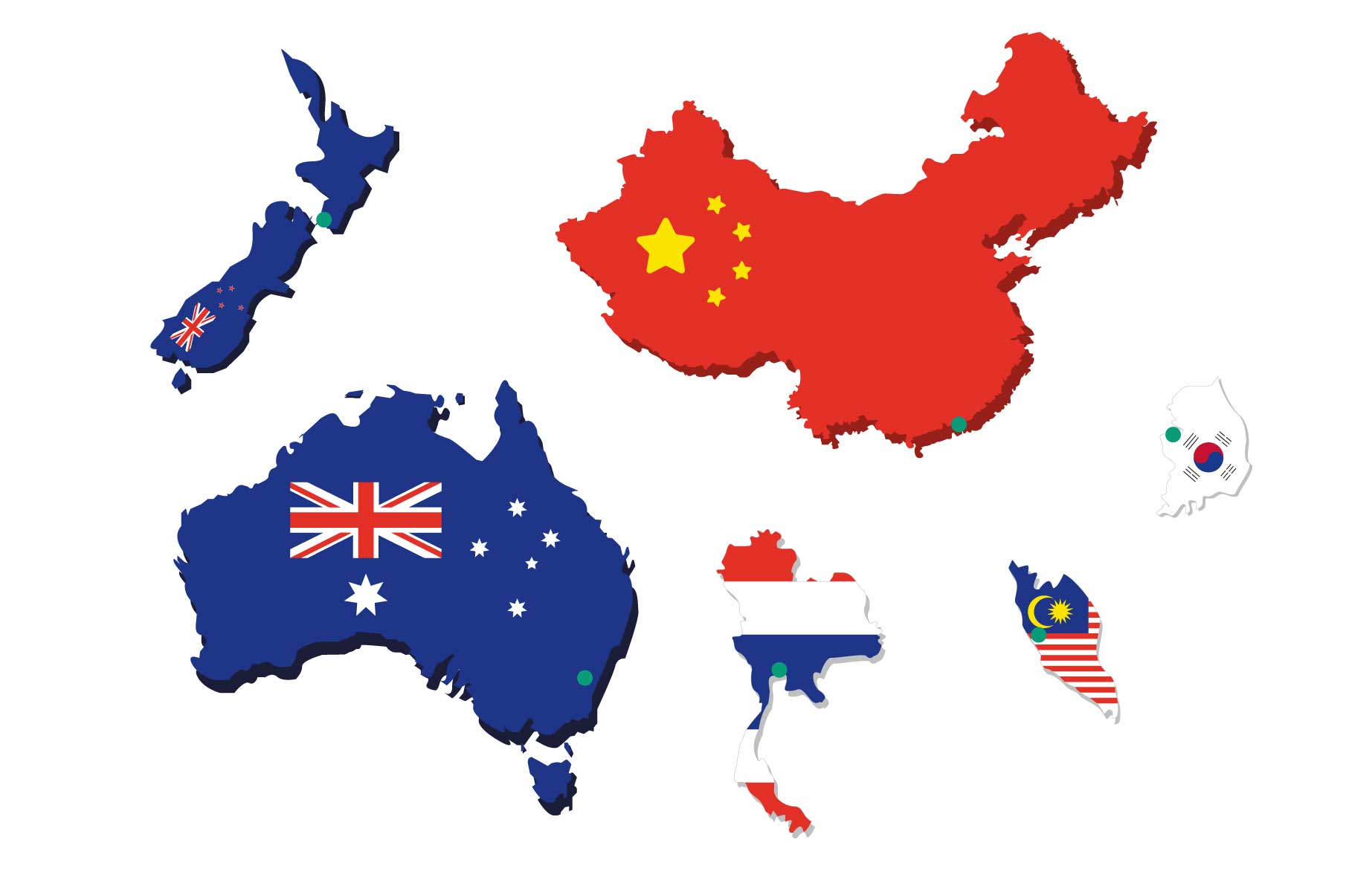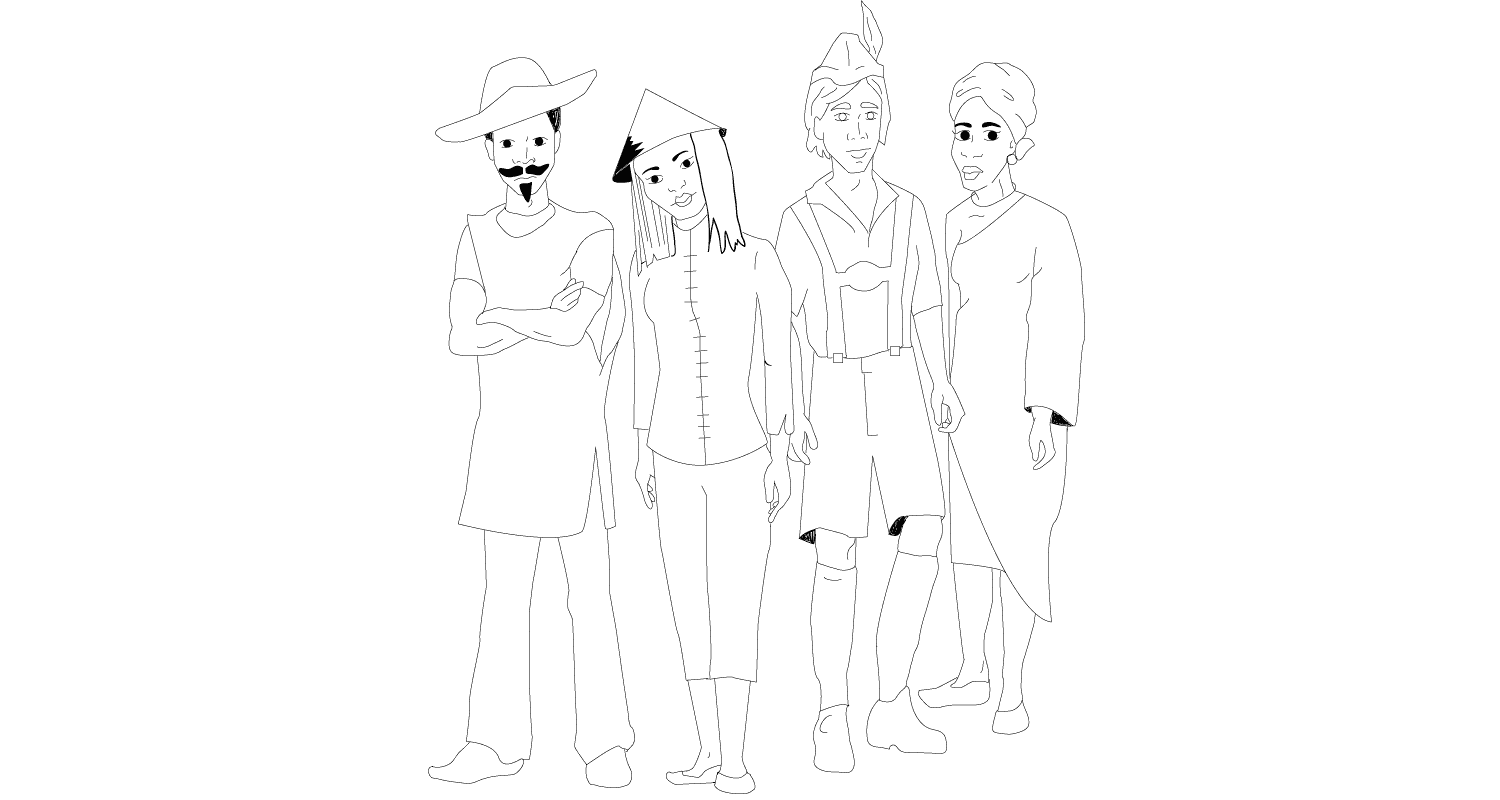Seaside Promenade In Quigdao
Qingdao is renowned for its deep-water harbour, landmark scenic pier and interesting architecture. Nestled between green hills and blue sea, Qingdao is a picturesque city of red-tiled roofs, half-timbered façades and traditional Chinese architecture.
This major seaport and popular beach resort was a simple fishing village before the German occupation in the early part of this century. In 1897, the Germans seized the village as revenge for the Chinese assassination of two German missionaries. Or was it simply because the Kaiser wanted a naval base somewhere in the Far East? Regardless of the reasons behind the occupation, evidence of the German influence abounds, especially in the city’s well-preserved colonial buildings.
After you spend hours roaming among the pagodas and the neo-Gothic architecture, or simply lying on the beach, a stroll on Qingdao’s scenic pier provides a refreshing change of scenery. Ten metres wide, this jetty takes you out 400 metres into Huang Hai, the Yellow Sea, overlooking little Green Island. The pier ends with the two-storey Huilan (Rebounding Waves Pavilion) which is particularly enchanting on a moonlit evening. After enjoying an hour or two taking in the view and doing some people-watching, one can head for town and try a glass of the popular Tsing Tao beer (old transliteration of Qingdao), another legacy of the German occupation.
The Bund In Shanghia
In Shanghai, be sure to try out those walking shoes on the Bund, one of Asia’s busiest waterfronts. The Bund is a great place to feel the pulse of the city and there’s a lot to see. This walkway follows the Huangpu River, where junks gracefully sail amid massive ocean liners.
An impressive and eclectic array of colonial buildings, ranging in architectural style from Baroque to Art Deco, lines the other side of the Bund. Here is a glimpse of China as it was 50 years ago. In the days of the international concessions, Shanghai was a global trading centre and the Bund was at the heart of it. With its trading houses, consulates and hotels, it’s reminiscent of a time before the revolution.
Adjacent to the Bund is Huangpu Park, formerly the British Public Gardens (where the Chinese were once forbidden). Today, the early riser will be treated to a show of hundreds of Shanghai residents performing morning tai chi exercises. You may also be lucky enough to see sword-wielding wushu experts instructing their students.
The Waterfront Promenade In Kowloon
Hong Kong offers the tourist many attractive walks-the trails on Victoria peak, the formal walkways of the Botanical gardens and the sidewalks of Hollywood Road with its glitzy antique stores and its fascinating junk shops.
But to get a new perspective on Hong Kong Island, why not hop on a Star ferry and check out the view from the other side of the water on Kowloon’s waterfront promenade. This wide footpath will take you along the curves of Victoria Harbour.
Popular with the locals, this walkway is crowded with Chinese fishers, joggers and fellow strollers. Although fun all year round, the promenade is particularly interesting during Christmas and Chinese New Year, when the adjacent buildings are aglow with elaborate displays. It’s also a great vantage point to catch the dragon boat races if you happen to be in Hong Kong during this important annual June festival.
No matter when you’re here, the first-rate view of Victoria Harbour and Hong Kong Island provides plenty of photo opportunities. One should also try to make it back to the promenade at night to get a whole new perspective. Then, if dancing and a drink are your fancy, you’re in the right neighbourhood. Pubs, bars and nightclubs abound in the nearby streets.
Finally, strollers who have worked up an appetite can find a multitude of fine restaurants and cake and pastry shops by turning up the bustling Nanjing Road.
Rambling along China’s waterfront promenades need not cost you any money, yet it provides plenty of vivid memories of China and its people. Sure, a tour bus allows you to see China but venturing out on your own lets you really experience it.











